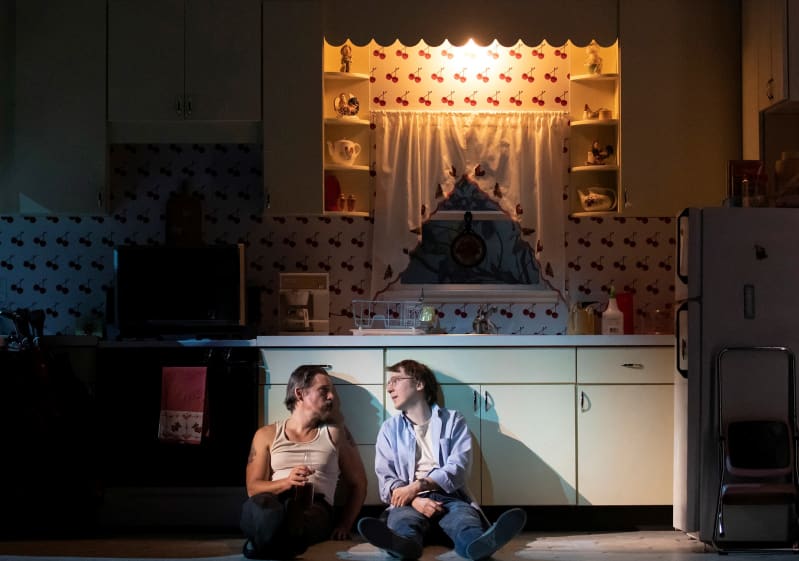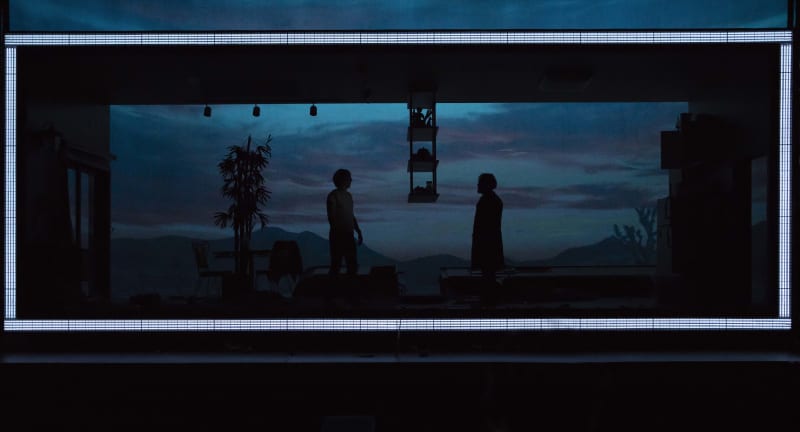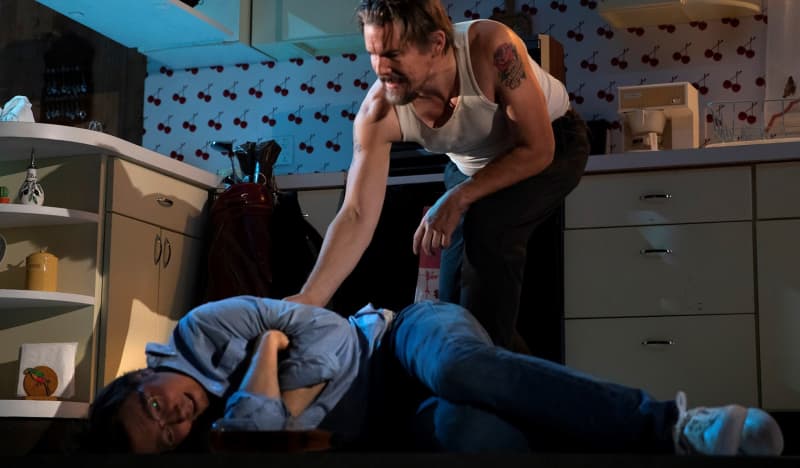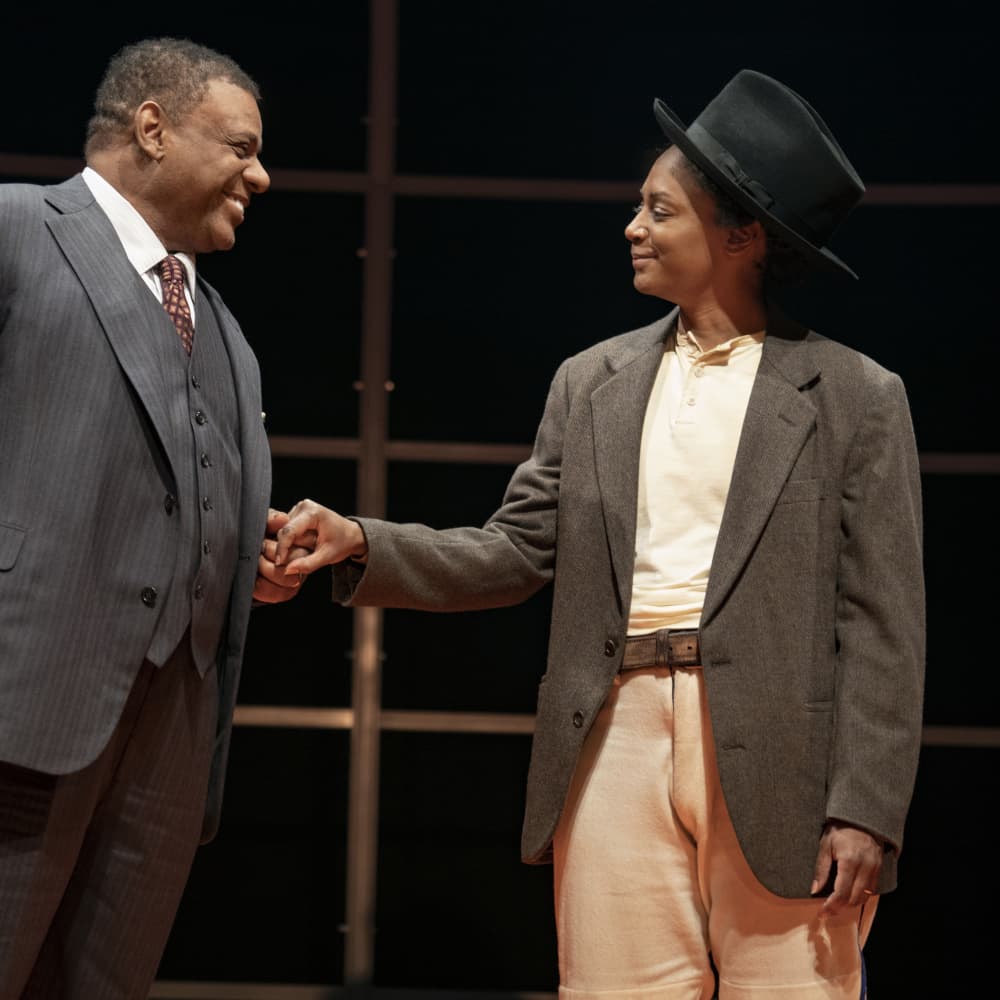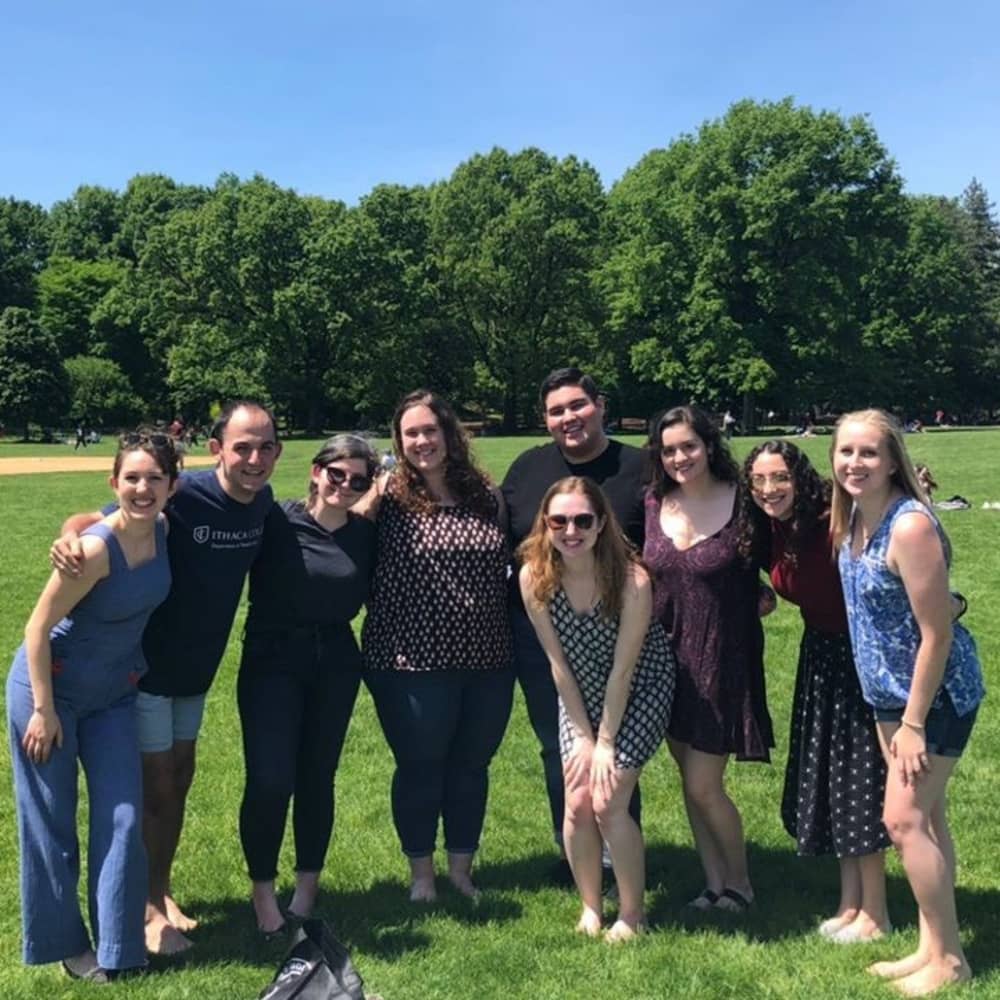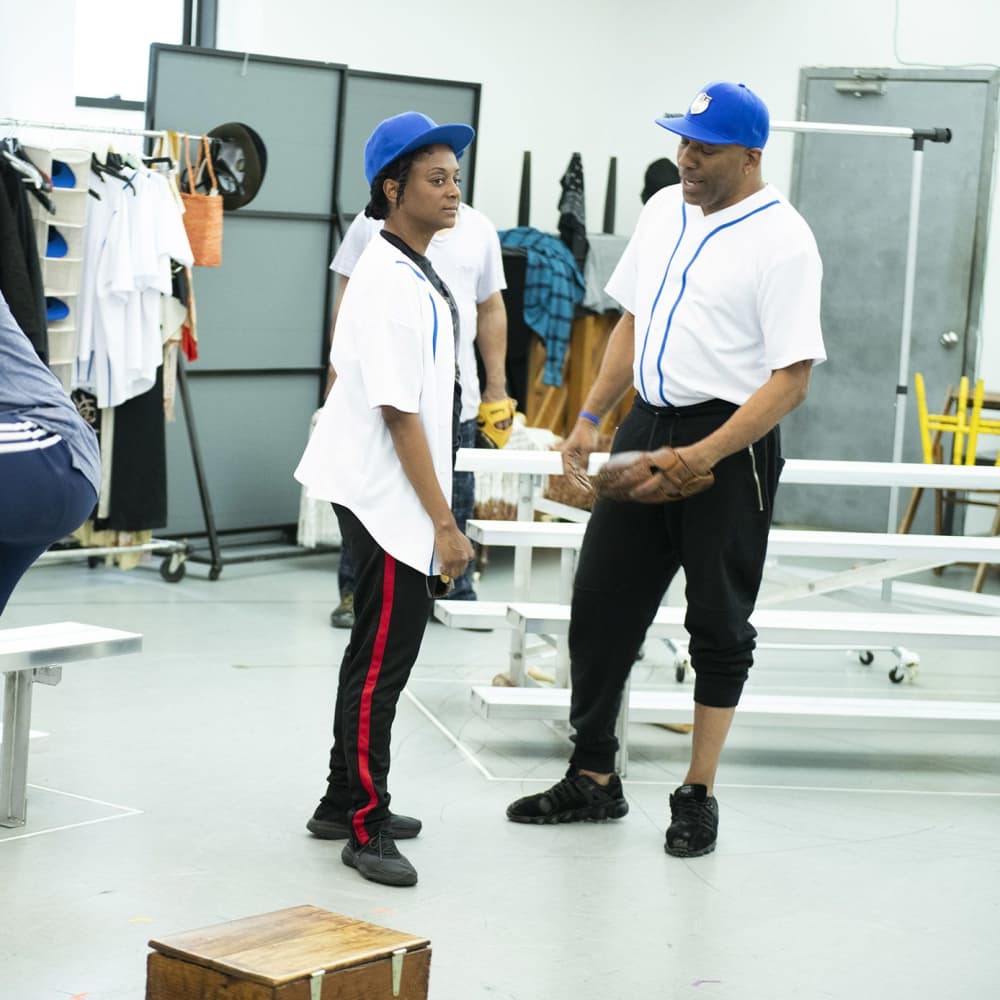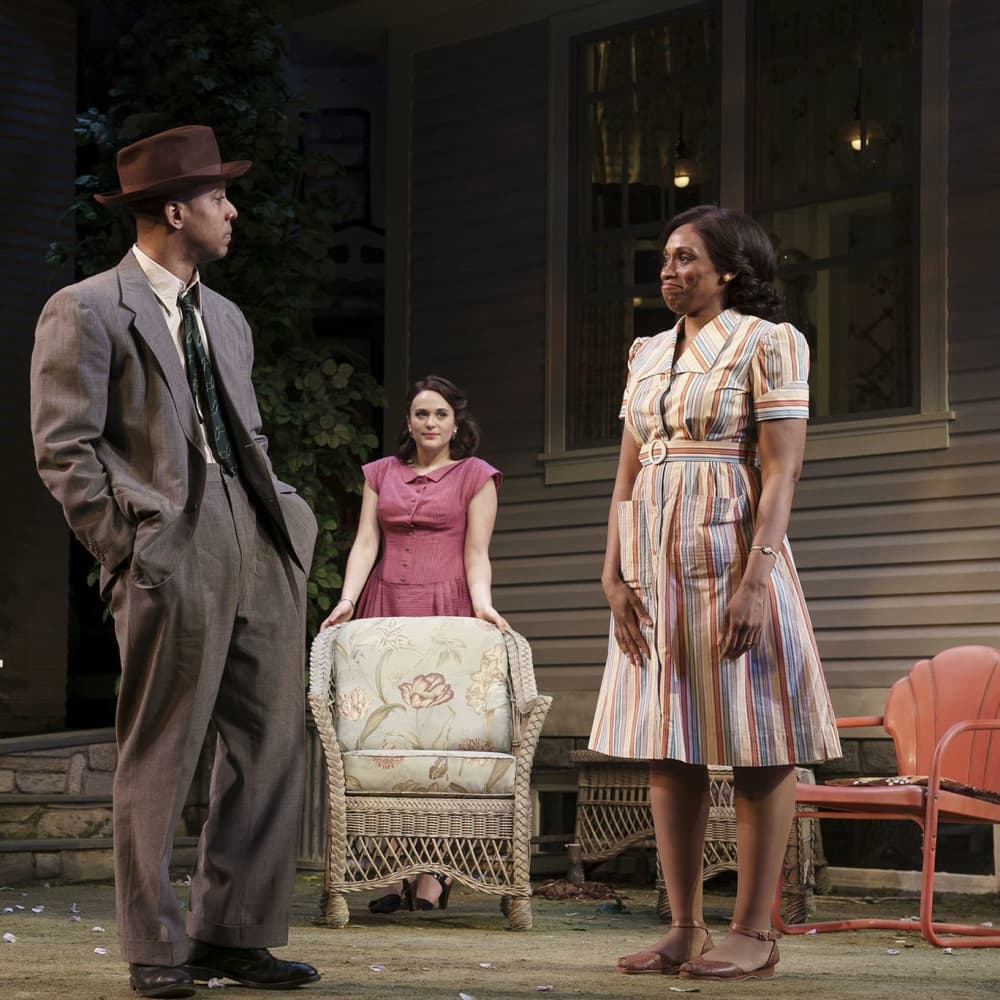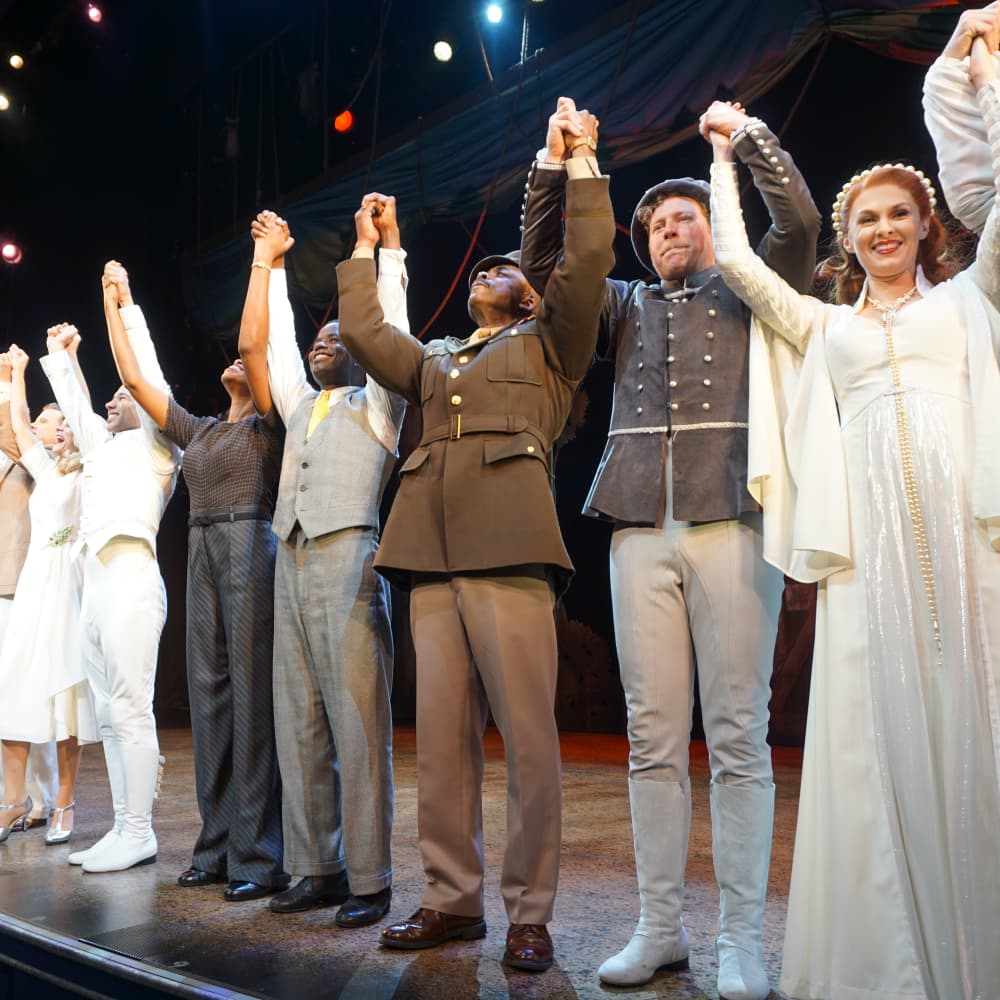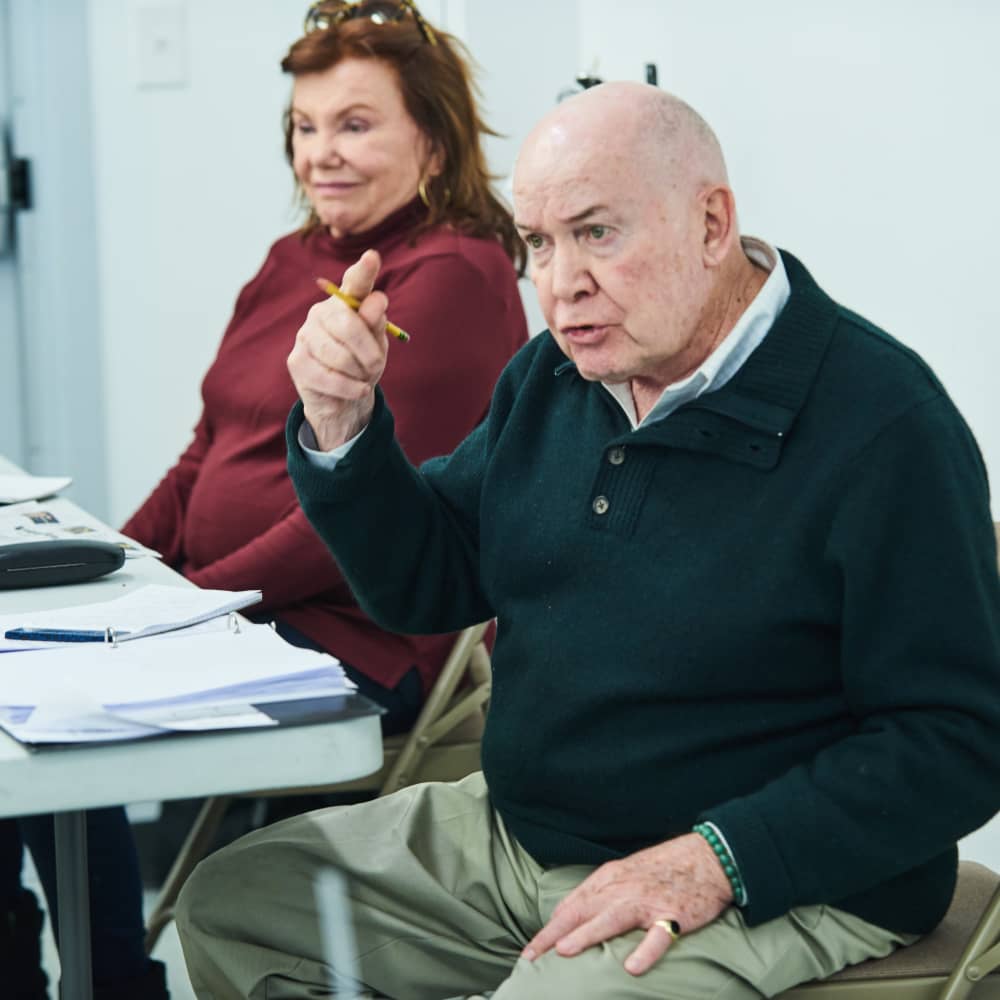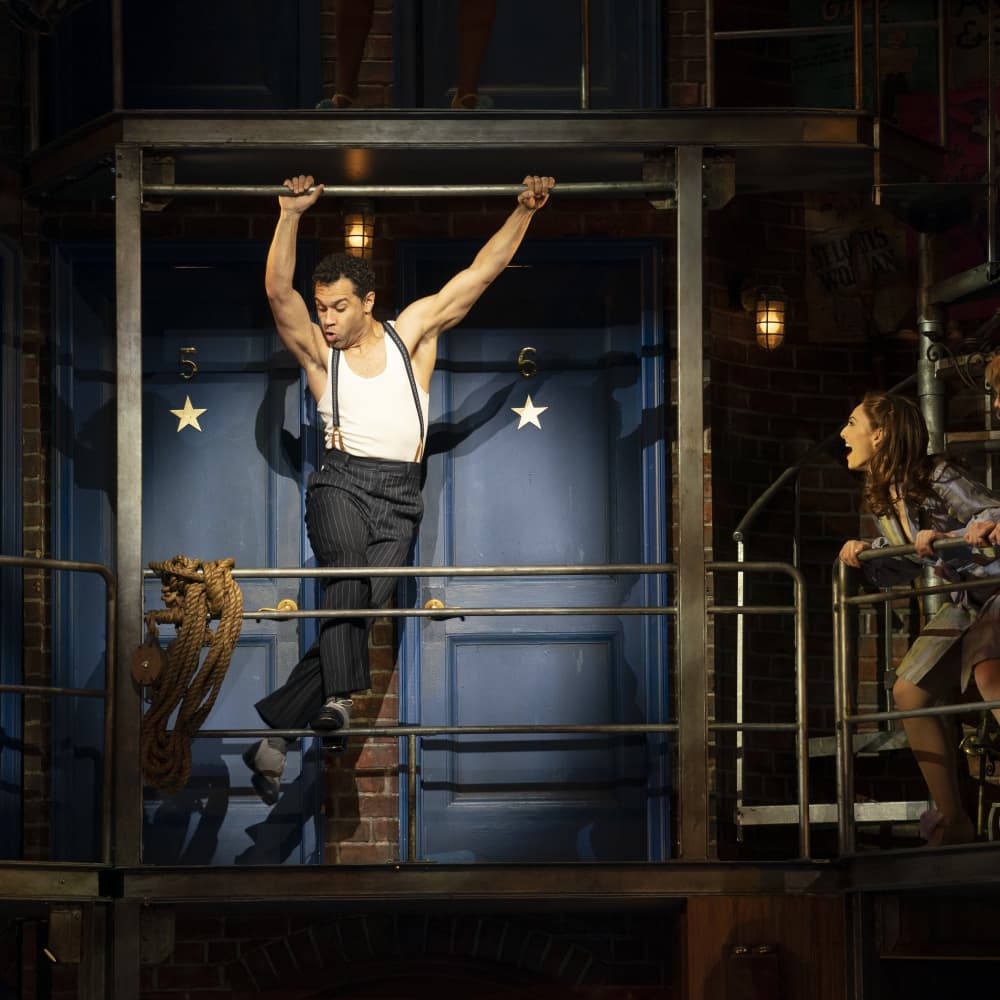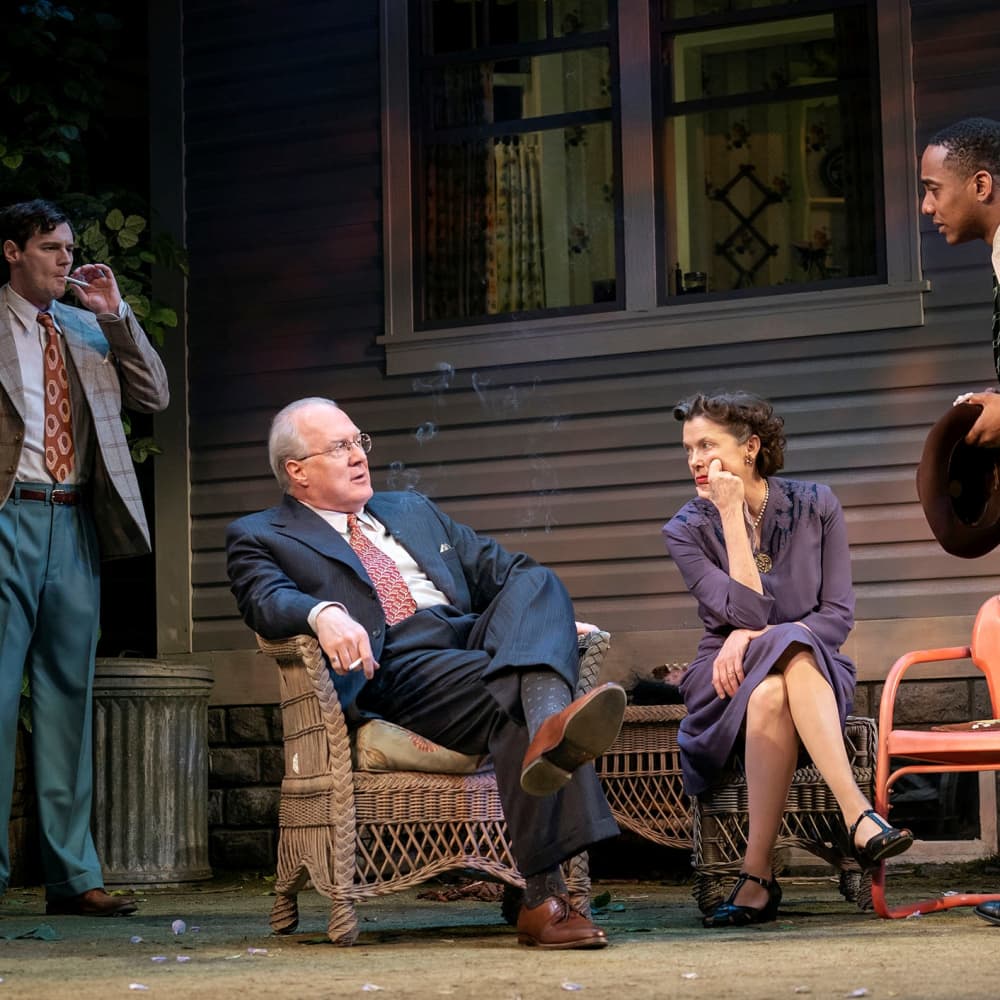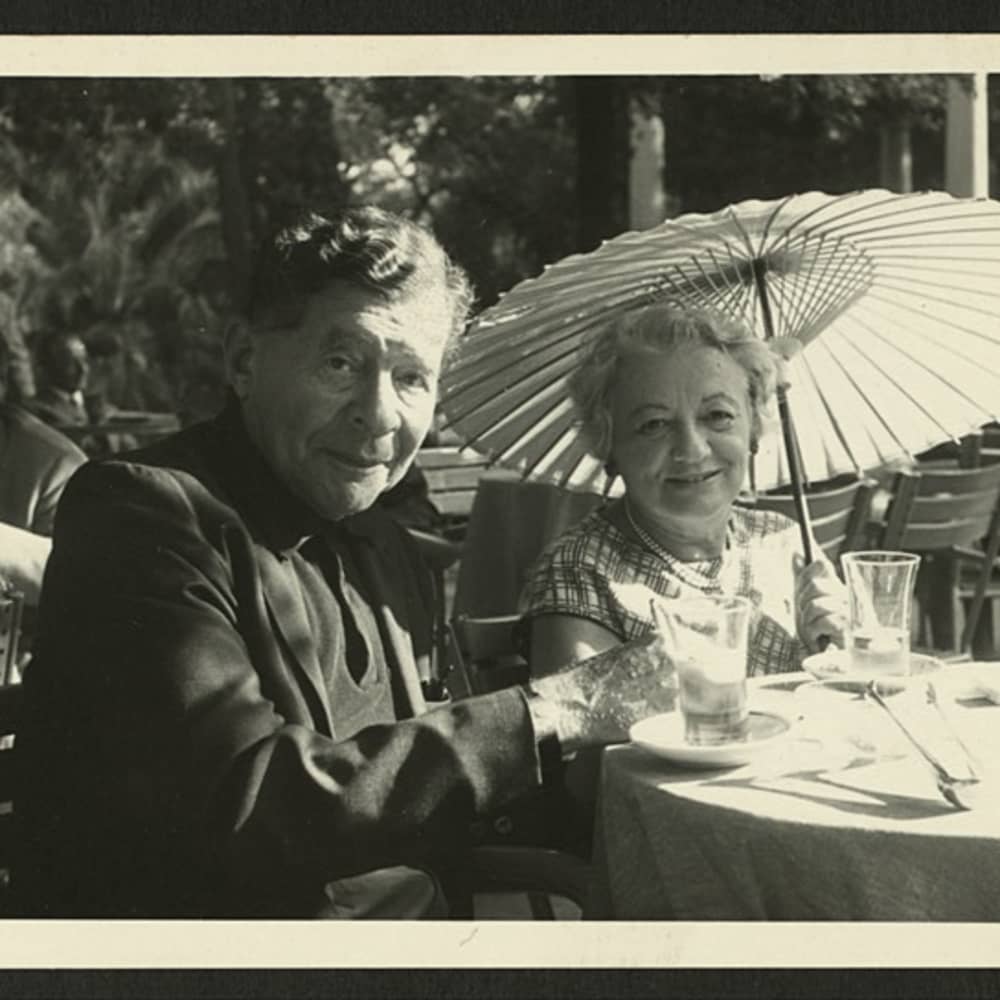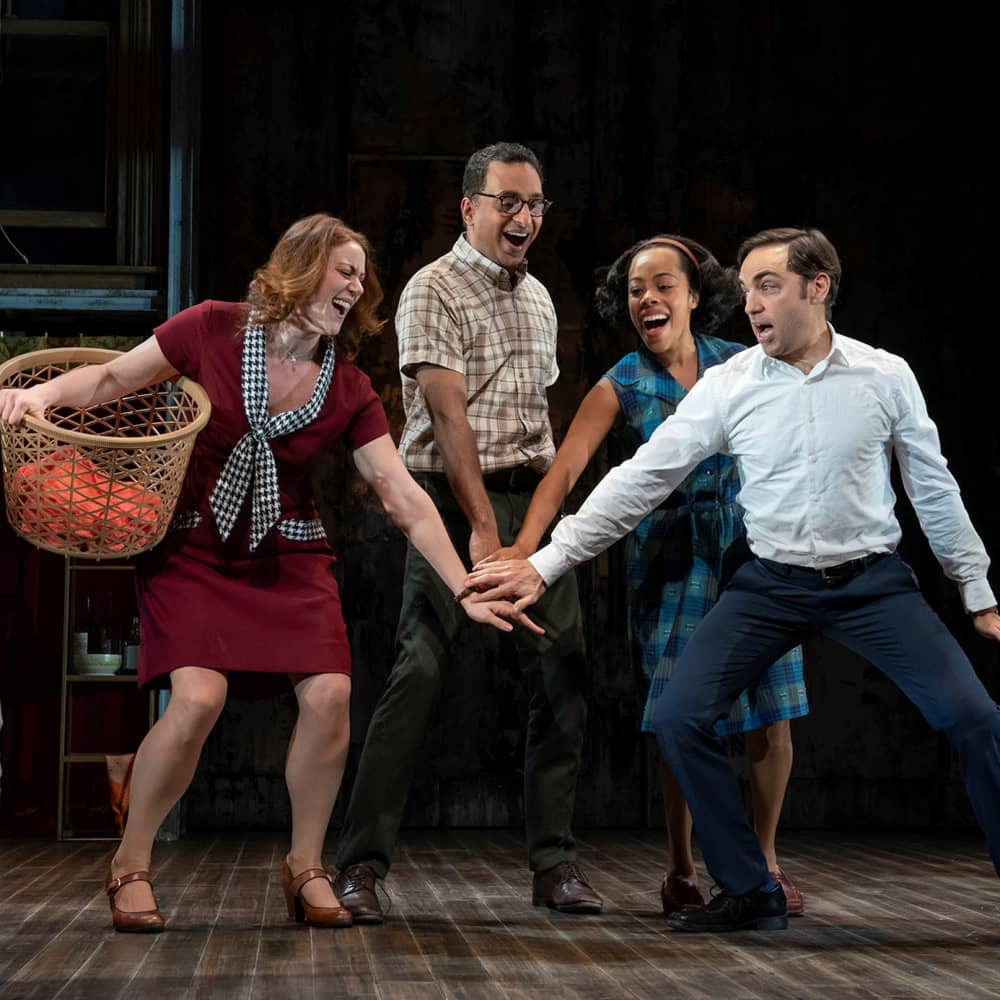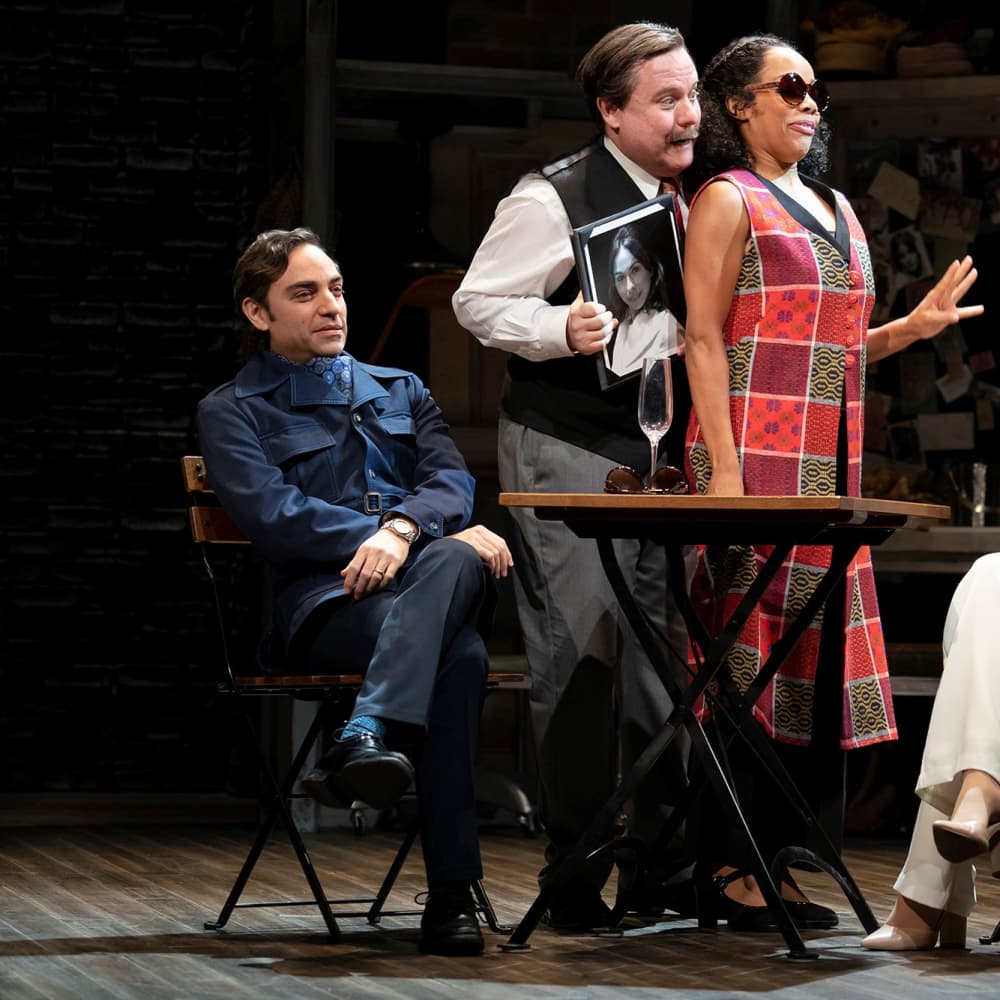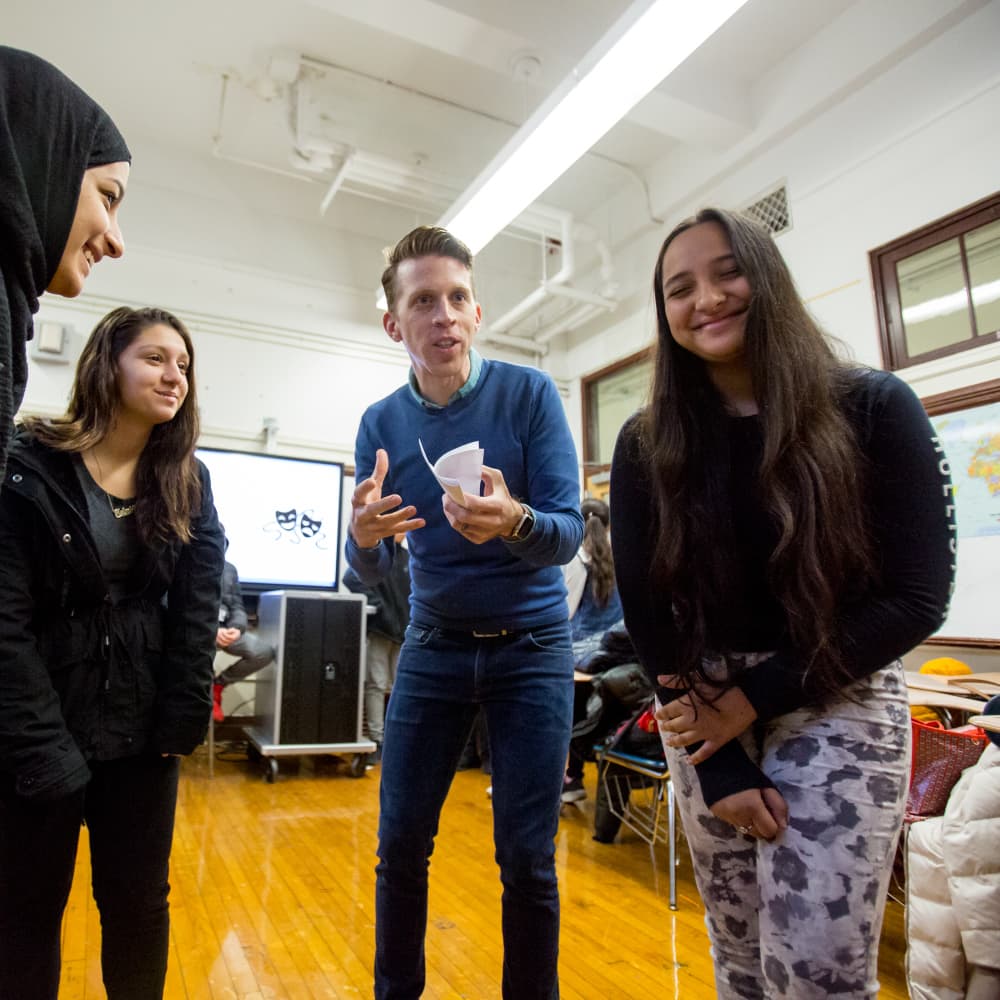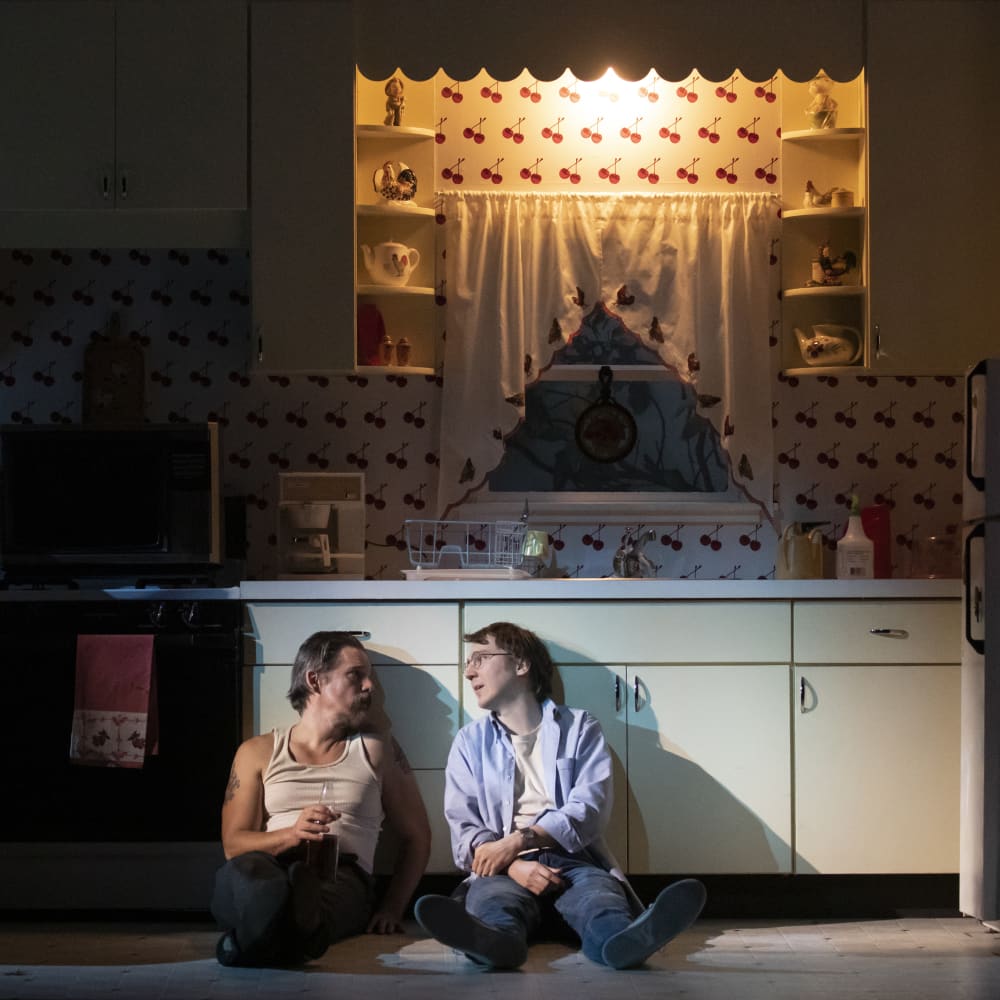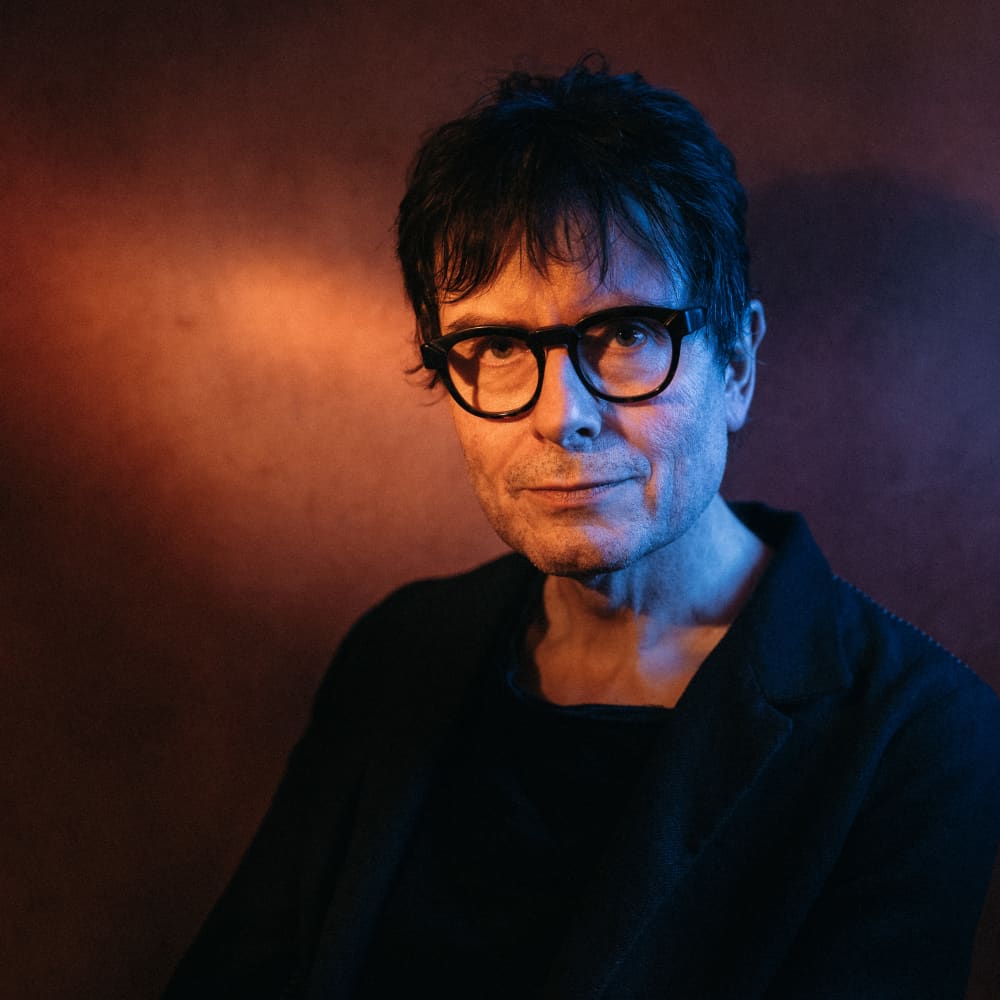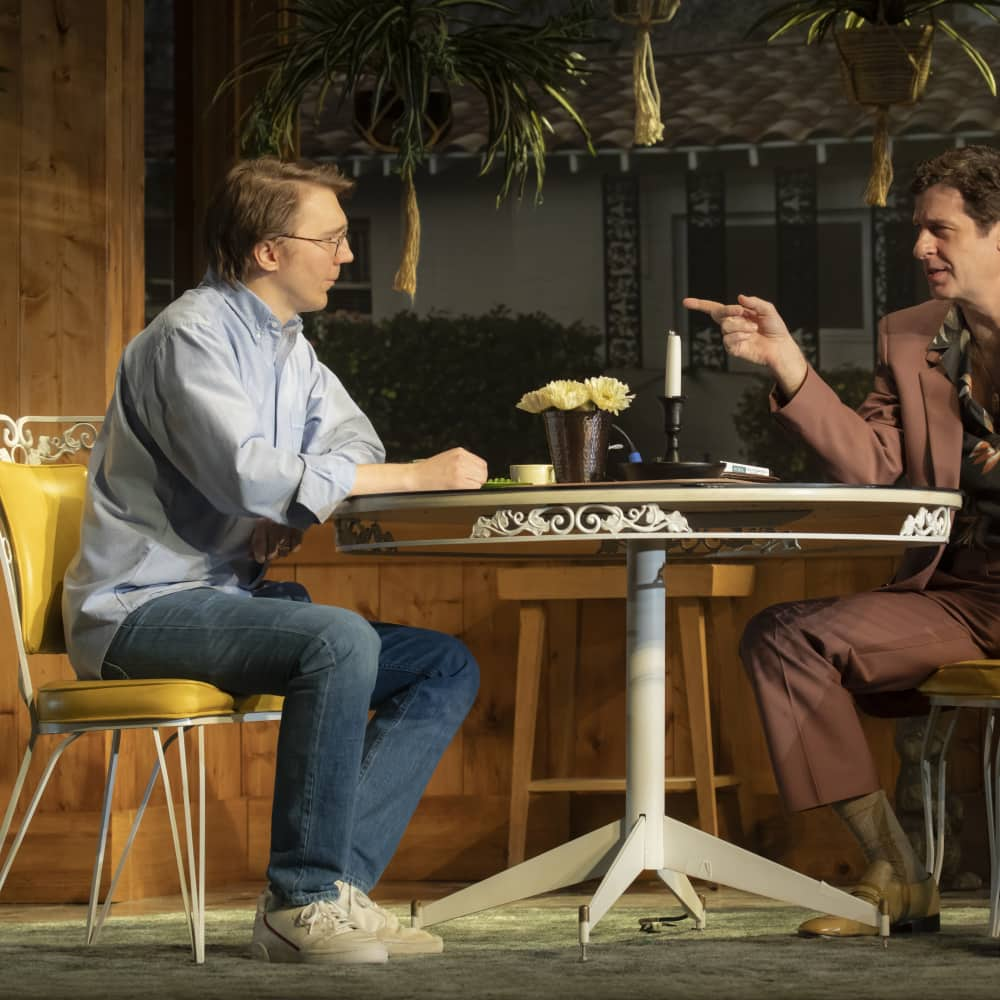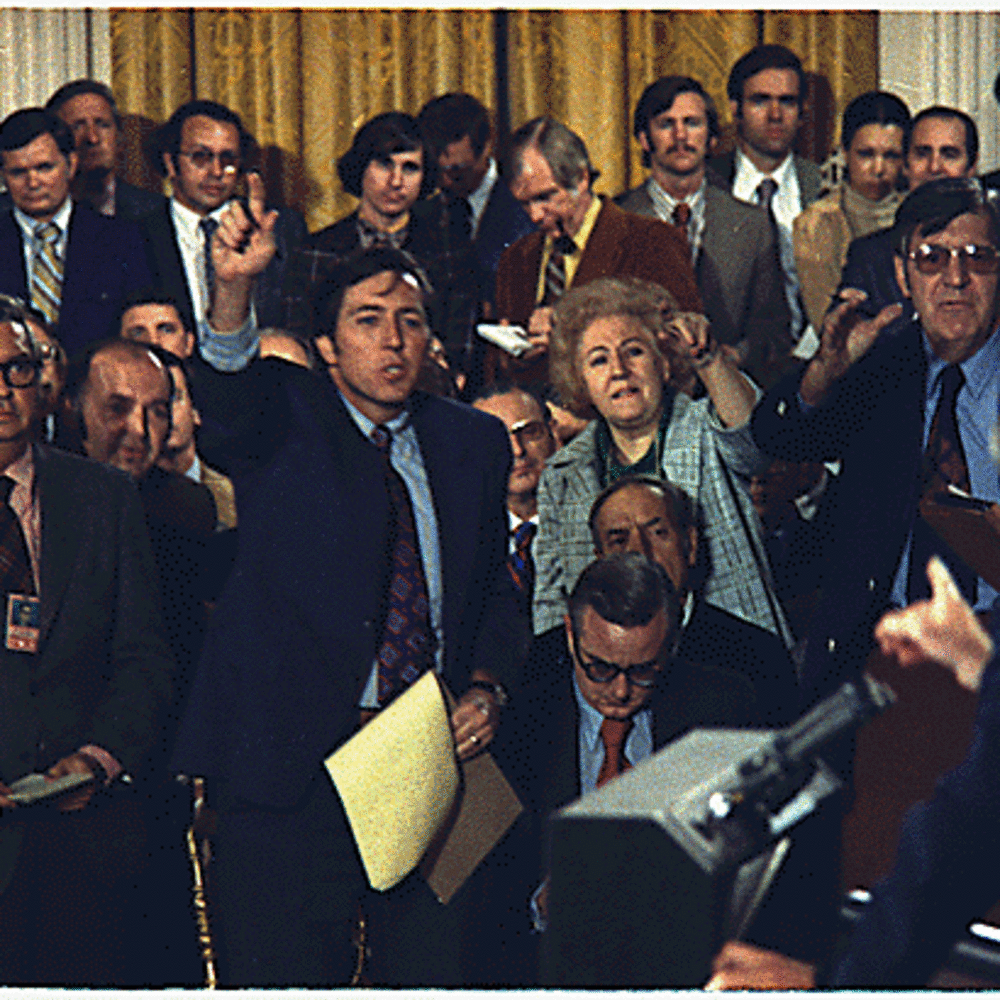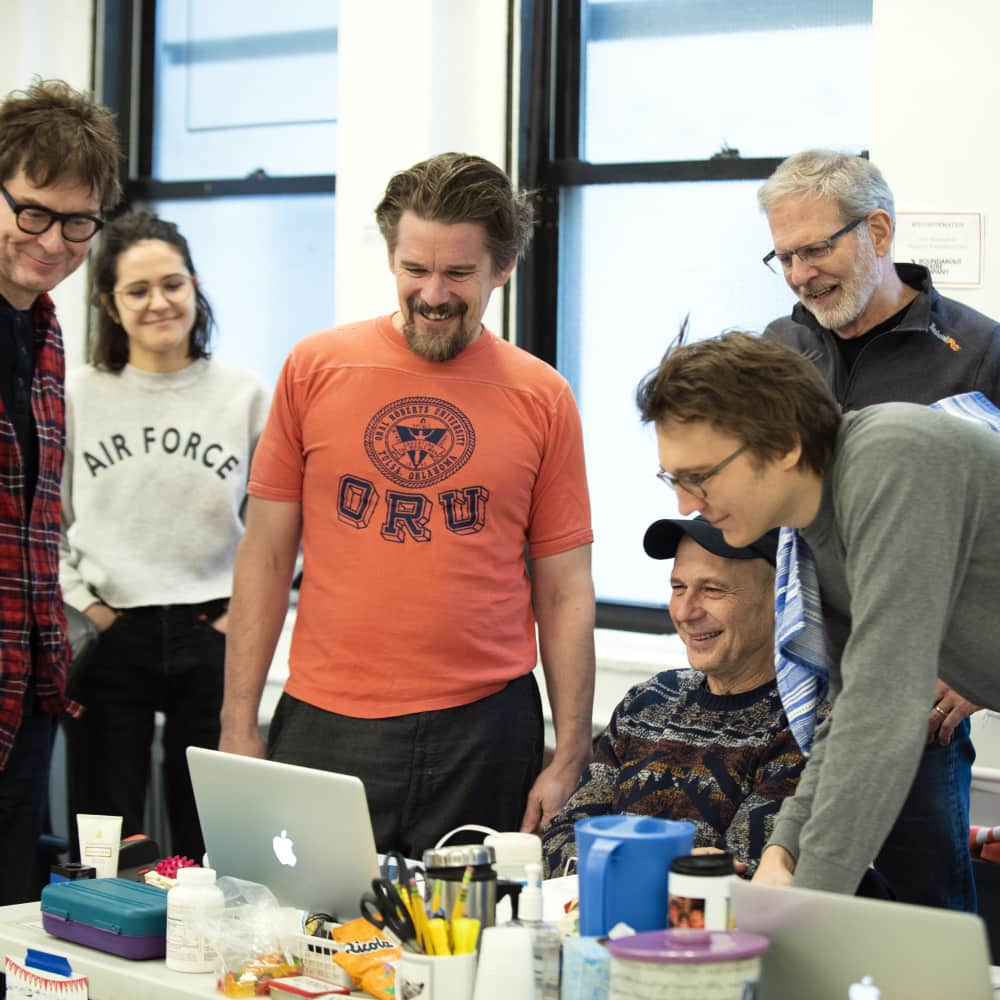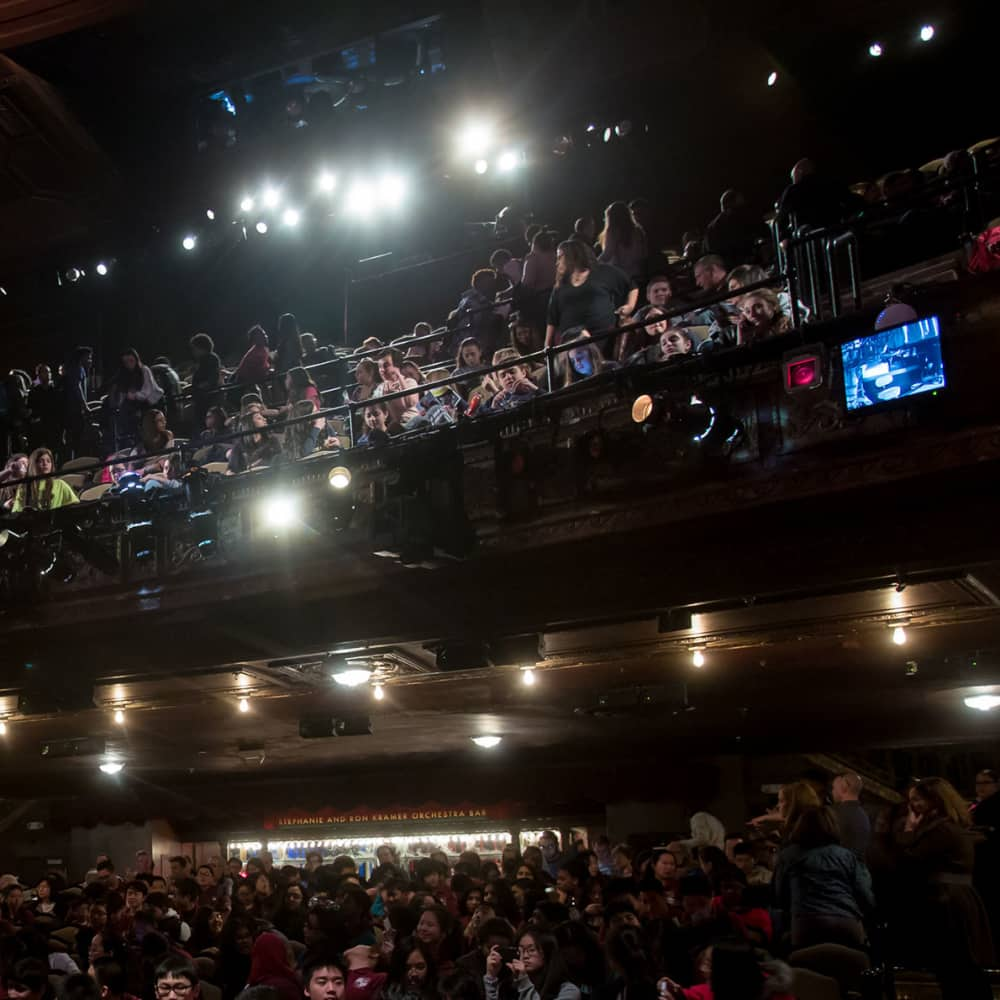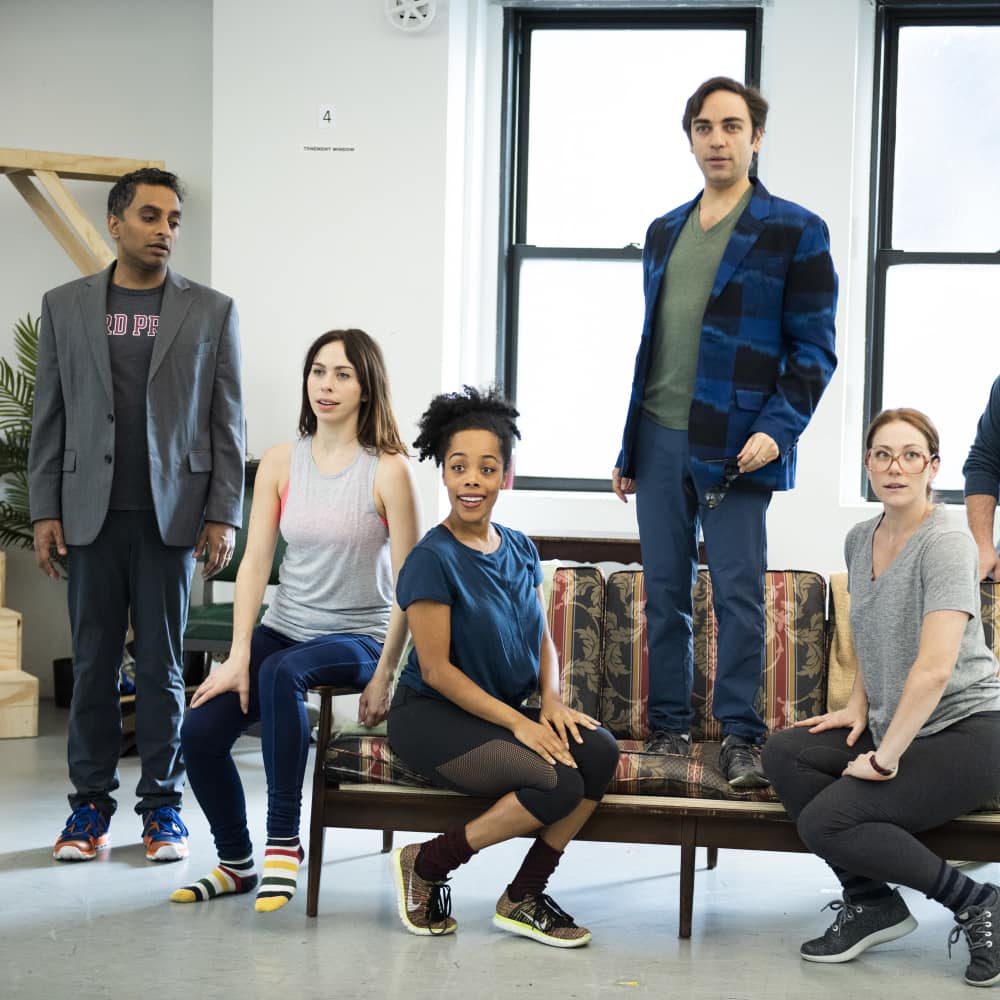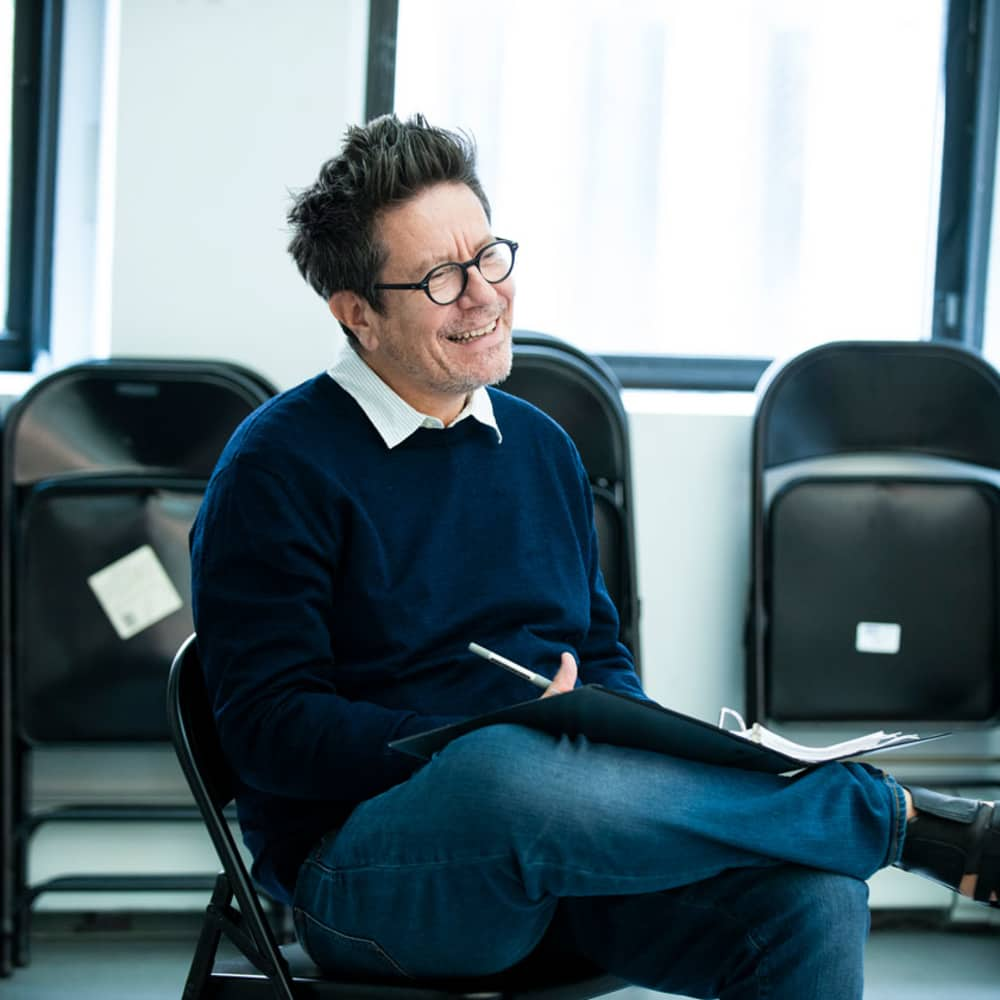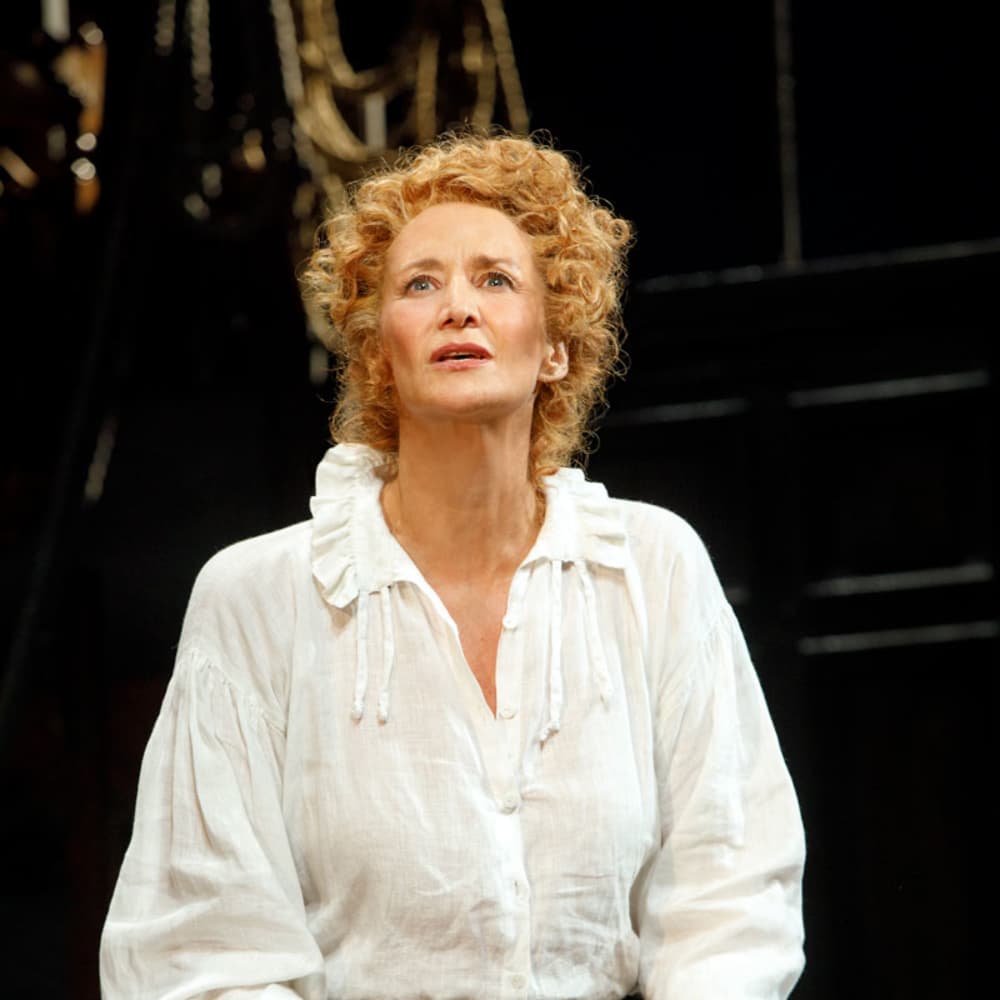True West:
Designer Statements
Posted on: March 13, 2019
Mimi Lien, Set Design
When I first read the play, I felt that the house was a battleground and that, though we probably wanted to be in a room with all the trappings of a kitchen, the volume of space needed to be tweaked in some way to achieve that. I ended up making the house very shallow and pretty much bisected down the middle, so there is a sense of the two sides sparring. There are also a lot of binaries in the play – wildness/domesticity, success/failure, male/female, so this bifurcation of space felt right. I wanted to create a space that has a sense of menace within an atmosphere of domesticity. One of the reference points I landed on was the work of David Lynch, who really excels at creating that very subtle sense of menace in an otherwise rather ordinary-feeling room. There is a carefully calibrated level of stylization which subconsciously gives an uncanny feeling to the environments. The director, James Macdonald, and I decided that we wouldn’t hew to a particular time period but that the props and stuff of this world would be archetypal. The visual and tangible world of the play is a combination of old school Hollywood, the myth of the American West, and the memory of your mom’s house. I researched log cabins, 1950s kitchens, and deserts. My way into the design was through this particular green 1970s sculptured carpet that I found one day, a crazy cherry wallpaper, and a visit I made a few years ago to Marfa, Texas, which is probably the most remote place I’ve ever been.
Kaye Voyce, Costume Design
I discovered Sam Shepard’s plays when I was in college, and I binge-read everything I could. I don’t remember my individual response to True West on first read, but my cumulative first response to his work was that Shepard writes about the America I know, an America that is messy, desperate, patriarchal, and absurd. For me, True West is about family and the fact that you can run, but you ultimately have to come to terms with that psychological inheritance. I realize more every year how formed I am by my family and what they all have gone through. I believe the brothers in True West, Lee and Austin, are still coming to terms with that inheritance. In order to design costumes for this production, I read the play — a lot. I let the stage directions and text simmer as clues. Then I look at many different photos and films, and those images inform the conversations I have with the director and actors. After that, it’s about trying to find the perfect clothes that will continue the conversation.
Jane Cox, Lighting Design
I’m writing this about two months before our first audience will walk in the door. As a lighting designer, I’m in the process of putting together my light plot, which is really a tool kit, or perhaps a painter’s palette, for lighting the show. I’m trying to imagine what the scenes will feel like when they’ve been staged in the rehearsal room. Who and what do we want the audience to look at, and when? How do we want the audience to feel about these characters at any given moment? How do we want the audience to experience the space? What is the rhythm of the piece? Lighting participates in subtle ways in all of these decisions.
I’ve always loved Shepard’s writing, mostly for his use of language, but this play has always seemed to me a particularly male investigation. Perhaps True West is a play about male dominance, perhaps it’s about traditionally male fantasies of ambition, success, and failure. I’ve also thought of his work as speaking to a particular kind of American experience very directly. So, when I was asked to work on this show with such a strong team of creative women – set designer Mimi Lien and costume designer Kaye Voyce – and a director from England, I wondered if we might bring something new to the show, if we might see it from a slightly different angle. I hope we will!
I can’t give away the technical secrets of the show that we’ve been researching and developing these last few months; but I can say that it’s a challenge to light a box with a roof on it! Figuring out how to successfully create the journey from heightened naturalism to surrealism that I think the show demands, while being restricted to the ways you can get light inside something with a lid on it, poses particular challenges to a lighting designer. I hope I’ll be able to create the range of times of day, moods, and styles that I think this piece requires!
Bray Poor, Sound Design
I first read True West in high school. I had gone to see all those plays one saw on field trips as a kid: Shakespeare, Our Town, Cyrano, but True West was like punk rock to me. I had no idea a play could be that visceral and weird and funny and angry all at the same time. Only later did I begin to understand the form that Shepard was toying with and inverting: a primordial, familial struggle wrapped inside Western movie tropes. Much of Shepard’s work is a public wrestling of a man’s attitude toward his father. This play grazes many feelings for me as a son and a parent.
Shepard writes very specific design notes for his play. It’s as if he knew the bare, open nature of the play would invite conceptual overlays and theatrical tinkering. He very clearly states that all the design elements should remain realistic. That nothing should take away from the evolution of the characters. He even tells you what the coyotes of Southern California sound like. In order to design sound for this production, I watched some classic Westerns. I wanted to play with a soundscape of classic Western tropes, especially while the men are on stage narrating the Western screenplay they are working on.
Research on this production was essential. It grounded me in a specific tone, so much so that whenever I began to design sound that felt outside the world of the play, I knew immediately it would not work. James Macdonald, the director, and I have also been talking a great deal about using the one song called for in the script, “Ramblin’ Man” by Hank Williams, as a base for transitions. We have been trading emails and song ideas, as well as deconstructions of this archetypal song. I’m writing this before we start rehearsals, so we will see what makes the cut.
True West is now playing at the American Airlines Theatre through March 17 only. For tickets, visit roundabouttheatre.org.

